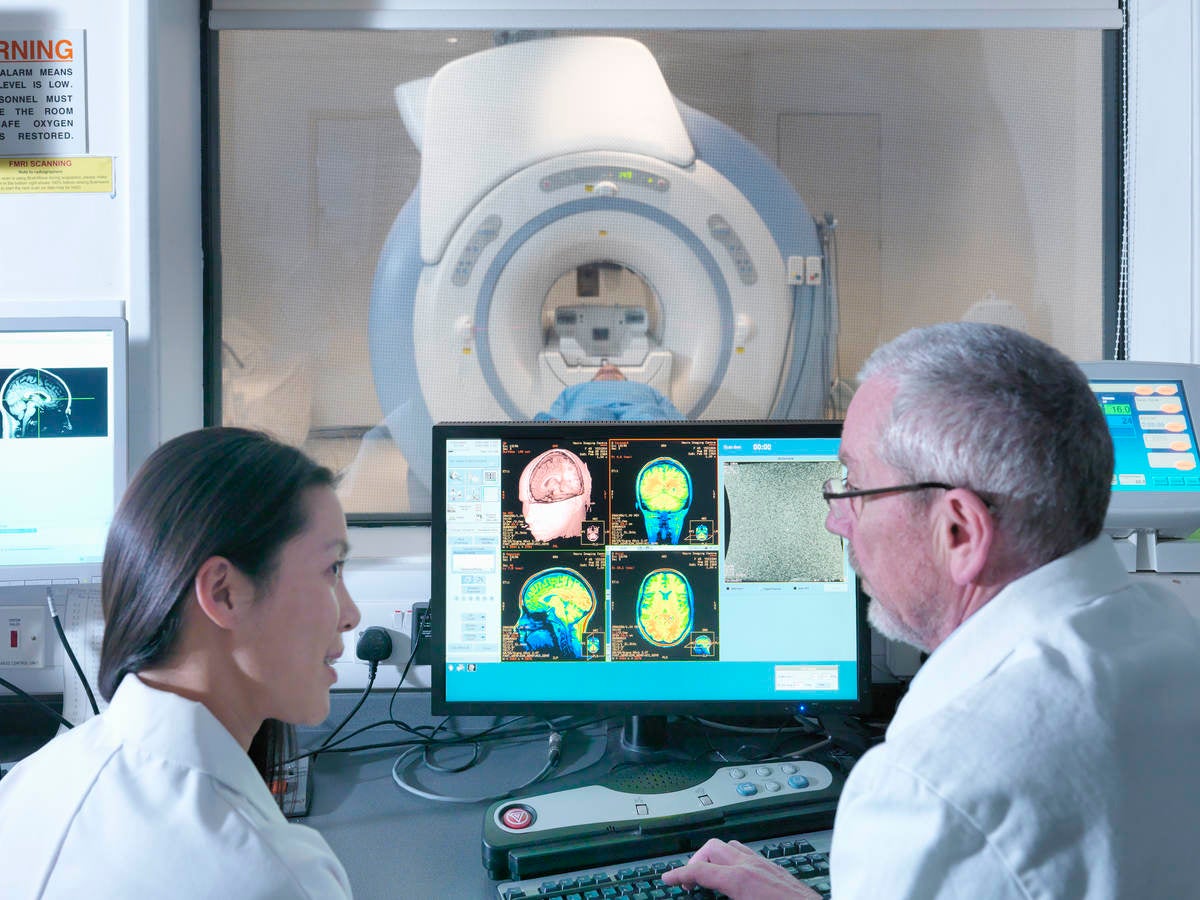December 3, 2020
The importance of accurate and consistent imaging for diagnosis and treatment
Medical imaging quality is an important part of the digital imaging diagnosis and treatment process. The global COVID-19 pandemic accelerated the deployment of telemedicine, which relies heavily on accurate and consistent imaging quality. UL, with extensive knowledge of medical imaging display related products, offers various customized services across the globe such as standardization and performance testing.
Background and trend
The need to bring in unquestioned accuracy to diagnostic standards has rendered technological advancements, which has bolstered the market. Advancements, such as 3D visualization, have become more and more important in key markets for diagnosing various types of cancers. Even virtual reality and artificial intelligence are being promoted as new methods to assist with diagnosis. Ensuring the accuracy and consistency of medical imaging displays in diverse environments has become an emerging concern, especially based on the global pandemic.
Standardization and regularization
In the past two decades, the most important output of research and standardization has been Grayscale Standard Display Function (GSDF) and American Association of Physicists in Medicine (AAPM) TG18 report, which established the special design requirements for medical displays and laid the foundation for the method of evaluating the quality of medical displays. The U.S. FDA issued the guidance “Display Devices for Diagnostic Radiology” in Oct. 2017, which superseded the “Guidance for Industry and FDA Staff: Display Accessories for Full-Field Digital Mammography Systems-Premark Notification (510(k)) Submissions” issued May 30, 2008. These documents apply to devices that are intended to be used in controlled viewing conditions to display and for video digital images for primary image interpretation. Testing methods and procedures for display characterization could refer to:
- Assessment of display performance for medical imaging systems: Executive summary of AAPM TG18 Report. Medical Physics, 32, 1205-1225 (2005).
- International Electrotechnical Commission (IEC) 62563-1:2009+AMD1:2016 CSV Consolidated Version. Medical electrical equipment - Medical image display systems – Part 1: Evaluation methods. March 2016
- International Committee for Display Metrology (ICDM). Information Display Measurements Standard (IDMS), version 1.03. June 2012.
AAPM, IEC and ICDM are continuing to update and improve the standards
Performance, perception and human factors
Medical images provide information a physician utilizes to render diagnostic and treatment decisions. Basically, the diagnosis process contains two fundamental processes: 1) inspecting the images visually and 2) delivering an interpretation. It is the relation of perception and cognition. Medical images need to be interpreted because they are not self-explanatory. It is very important to recognize how best to assess image quality and its impacts on perception in order to optimize quality and minimize error. Properly evaluating the medical imaging quality becomes the combination of the objective evaluation of display performance and the appropriate human factor analysis.
How UL can assist you
- UL has multiple optical laboratories in different regions to provide local support.
- UL is currently the only IECEE CB Scheme accredited NCB/CBTL for IEC 62563-1.
- UL can provide the services in testing, evaluating the medical imaging displays, and medical image quality according to AAPM TG18 report, IEC 62563-1 and IDMs.
- UL offers customized services to verify and validate the performance according to the product feature
- UL Marketing Claim Verification helps manufacturers cut through the noise in the market by bringing credibility to claims and delivering trust to those looking to make tough buying decisions. UL Verified Mark can showcase your claim is backed by an objective, science-based process leveraging our trusted technical expertise and capabilities
For more information about the assessment, visit UL.com/healthcare and contact medical.inquiry@UL.com.

